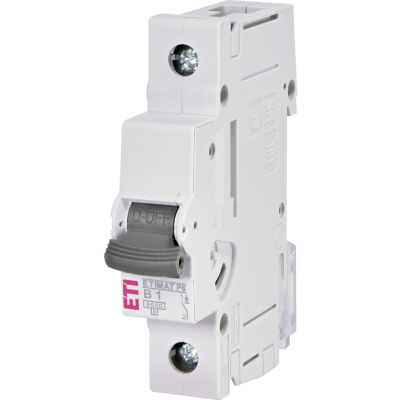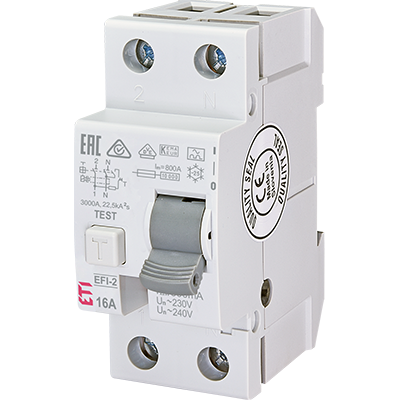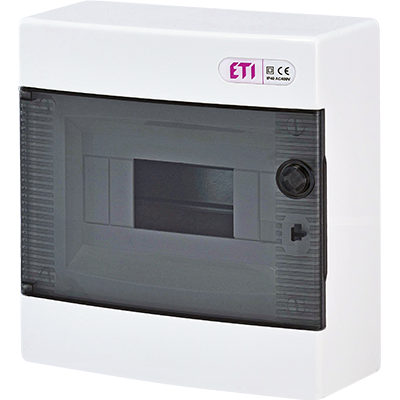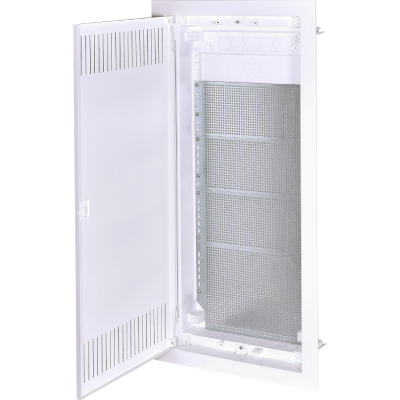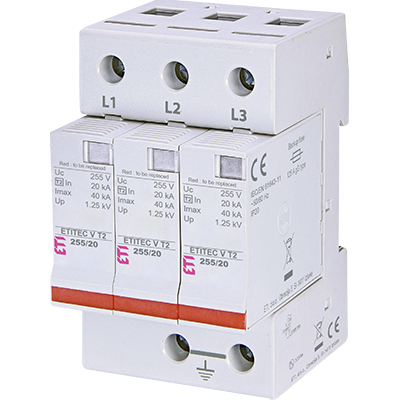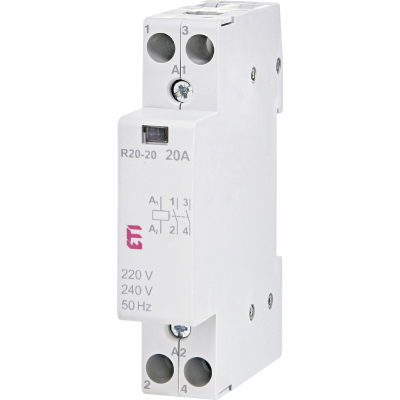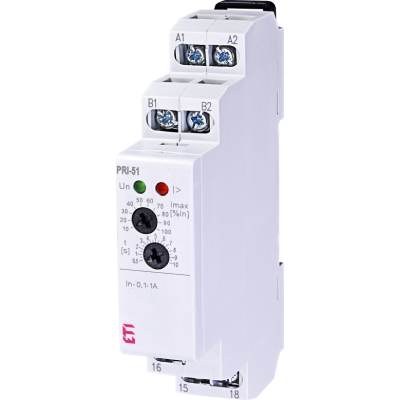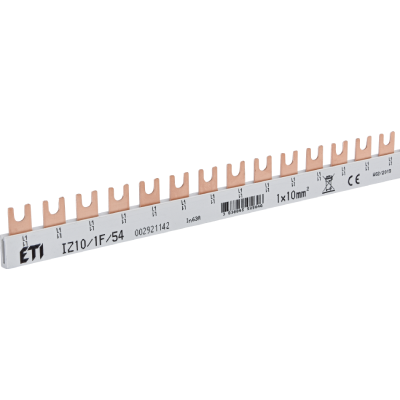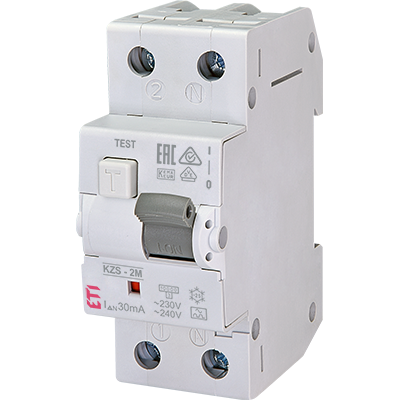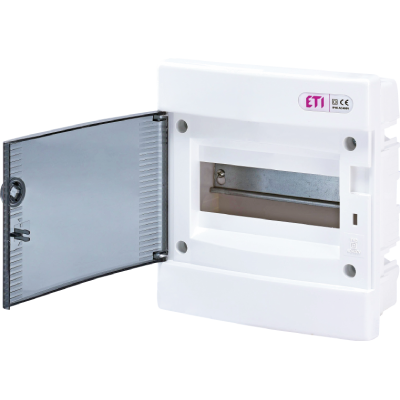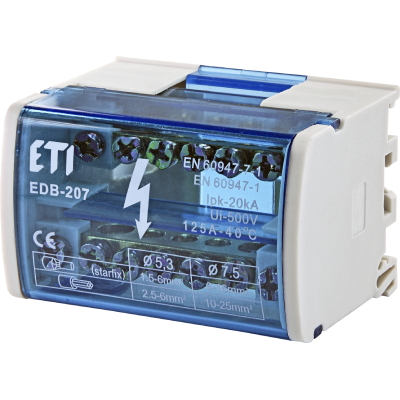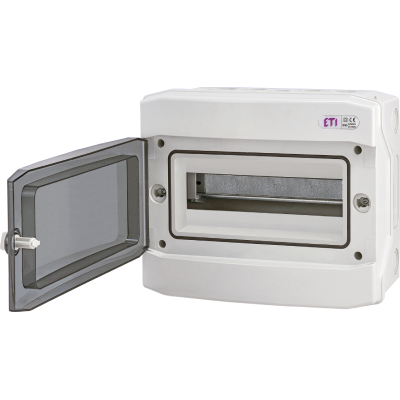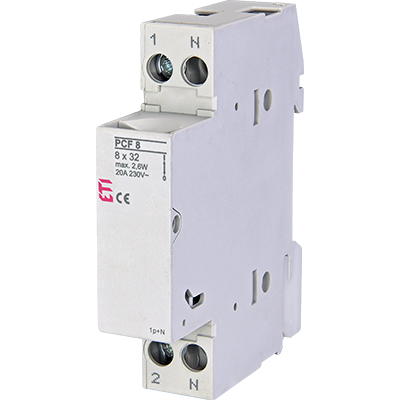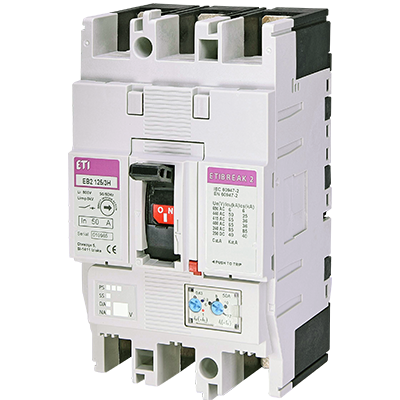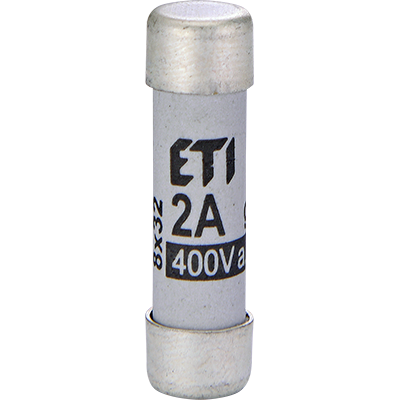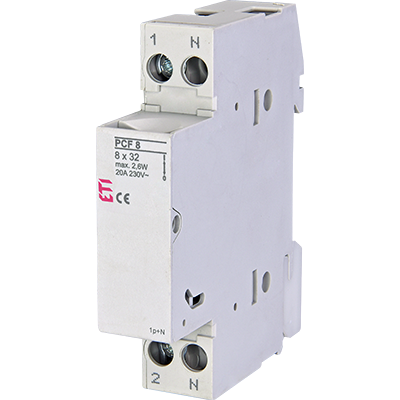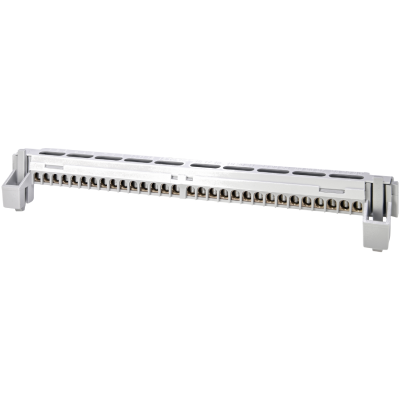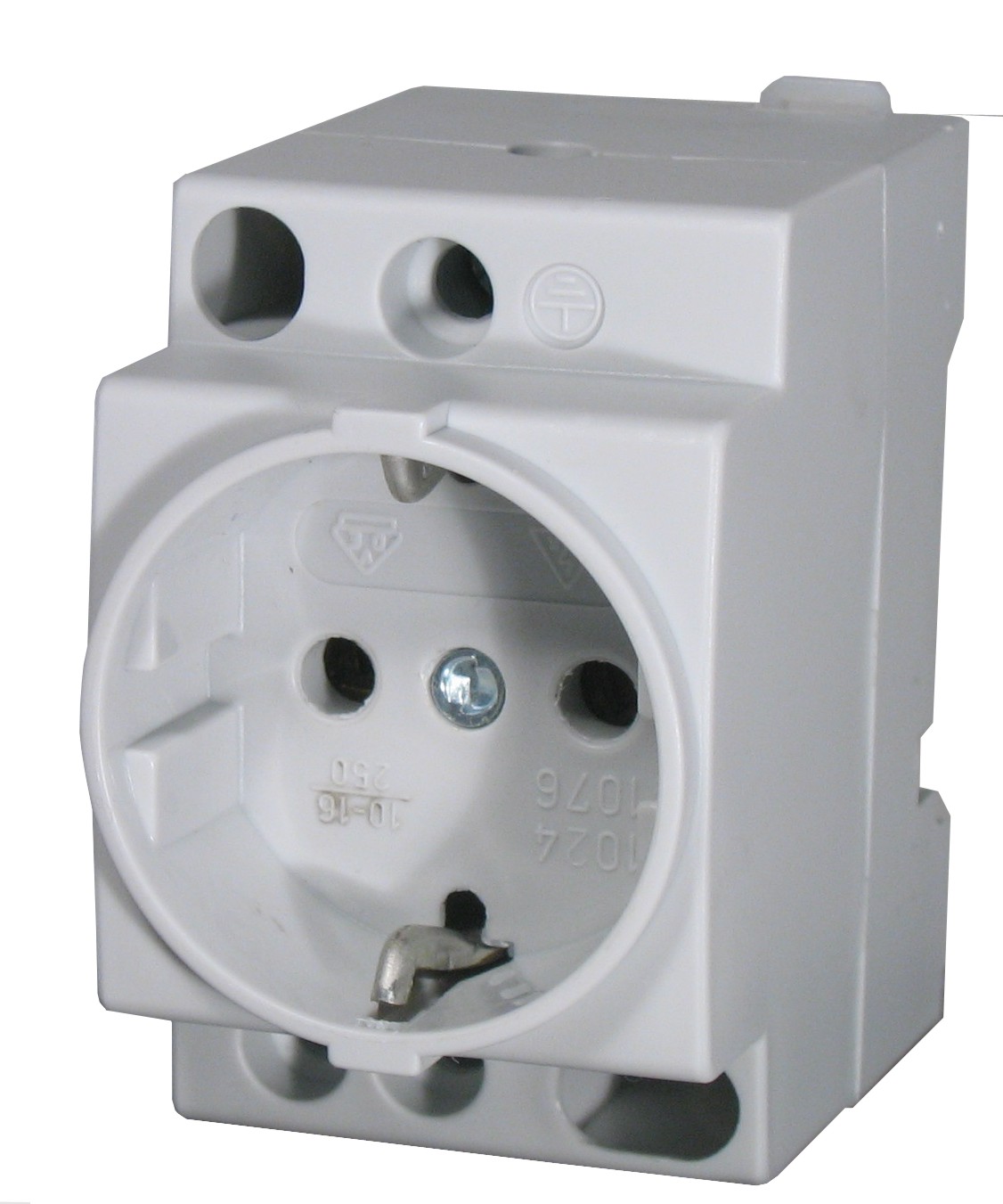Production
Ceramic materials-Body preparation
We are producing silicate ceramic materials, made mostly from natural raw materials, which are bought on the world market.
By wet milling process in ceramic ball mills (batch sizes from 50 to 5000 kg) aqueus suspensions are made.
After wet milling dehydration follows in two possible ways:
- filter pressing is mechanical dewatering process. The filter chambers are covered by filter clothes which makes possible to remove water from solid phase.
- spray drying: aqueus suspension is pumped through nozzles, water is evaporating by hot air. Ceramic granulate is a product of spray drying. Two spray dryers are used.
Dust emissions from spray dryers are very low due to efficient dry bag filters.
Process waste water is being recycled where possible. Central cleaning station (with both technological and biological function) is assuring clean water exiting to the environment.
Before the production mixing/homogenisation phase follows.
Shaping/forming production process
Two basic processes technologies are used: pressing and extrusion, others are also present: slip casting, injection moulding, additional machining.
Pressing
Pressing is a forming process where ceramic granulate is pressed in steel moulds, on mechanical and hydraulic presses. Two ranges of granulate water content are possible:
- dry pressing, water content round 2 %,
- wet pressing, water content round 15%.
Extrusion
Extrusion technology is suitable for manufacturing rotationally symmetric products; length up to 1000 mm is possible. Water content of the "plastic" material is round 18 to 20 %. Auger type extrudors are used, with de-airing option.
Slip casting
Ceramic aqueus materials are poured in porous plaster moulds. If necessary, additional green machining may follow. Technology is used in the low volume production
Low pressure injection moulding (LPIM)
This technology is used where the product is thin walled and geometry is very complex. Ceramic powder is mixed with wax binders and pressed into metal mould at the temperature round 100 deg.C before final sintering thermal debinding is done. Process is more expensive and is used in low volume production.
Glazing
Glaze is protecting the surface of ceramic products and is used mostly in the field of fuses and insulators. Both spraying and immersion technologies are used. White, brown and sky-blue colours are possible.
Glaze is protecting the surface of ceramic products and is used mostly in the field of fuses and insulators. Both spraying and immersion technologies are used. White, brown and sky-blue colours are possible.
Heat treatment
Drying
Dring is removing the water from the open pores of the products. Dryers are using hot air with temperature range 120 deg.C - the excess heat recovered in heat exchangers from the kilns.
Sintering
Silicate ceramics is sintered in the presence of liquid phase. During sintering both chemical and physical changes are made in the materials, while products are reaching their final shape and strength.
Temperature range of sintering is 1300 deg.C in periodic type kilns using natural gas. Gas emmisions to the atmosphere are very low due to efficient thermal afterburning system.
Machining operations
Ceramic products can be additionally machined: in green condition (before sintering), after prefiring and after final sintering.
All extruded products are machined after sintering, using diamond tools. Cutting and grinding operations are the most common, center less grinding and surface finishing is also possible.
More information | |||
| Product manager - Technical ceramics | Phone: +386-3/56-57-600 | e-mail: This email address is being protected from spambots. You need JavaScript enabled to view it. |



